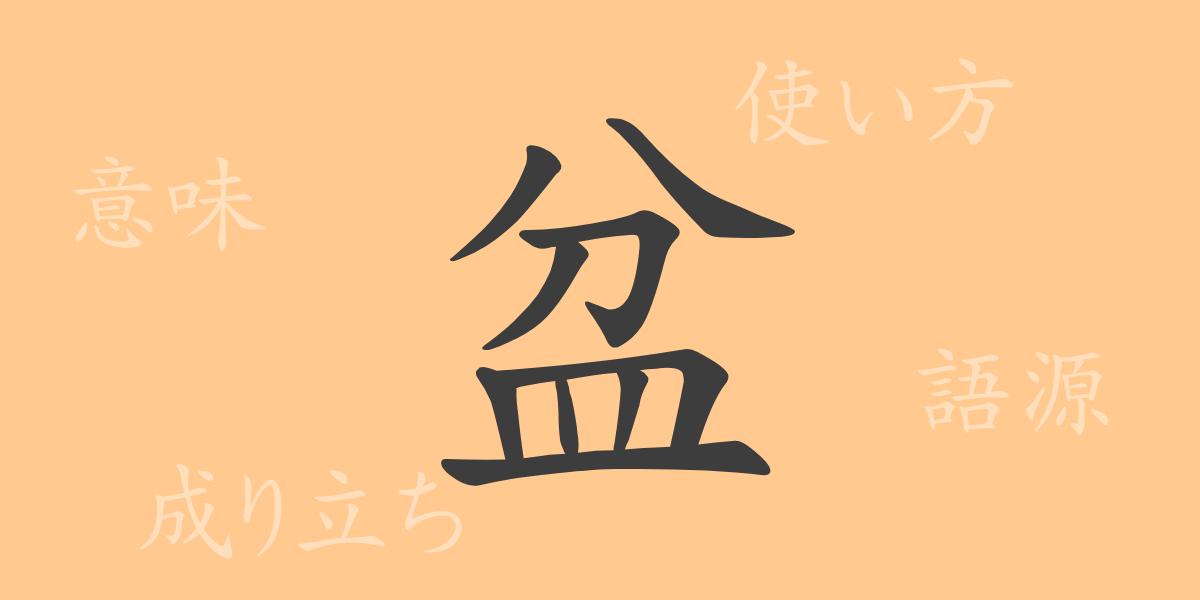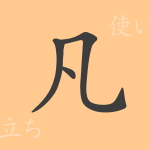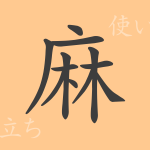The kanji deeply rooted in Japanese culture holds history and meaning in each stroke. “盆 (Bon)” is one such character that holds special significance for the Japanese, frequently used in annual events and daily life. In this article, we delve into the origins, usage, and idioms of “盆 (Bon),” uncovering the rich world this kanji embodies.
The Origins of 盆 (Bon)
The origin of “盆 (Bon)” can be traced back to ancient Chinese literature. Originally, it referred to a wooden vessel or container, and over time, it was introduced to Japan. In Japan, it is particularly known through the term “お盆 (Obon),” referring to the period for welcoming ancestors. Thus, “盆 (Bon)” has evolved from simply indicating a container to carrying cultural significance.
The Meaning and Usage of 盆 (Bon)
In modern Japanese, “盆 (Bon)” is primarily used in two ways. One is its original meaning, referring to a shallow container for holding food or items. The other is as a term for the annual event “お盆 (Obon),” a festival for welcoming ancestral spirits, known as a quintessential part of Japanese summer.
Reading, Stroke Count, and Radical of 盆 (Bon)
The kanji “盆 (Bon)” has distinctive features in its form and sound.
- Reading: On’yomi (Chinese reading) is “ボン (Bon),” and there is no Kun’yomi (Japanese reading).
- Stroke Count: A total of 9 strokes.
- Radical: 皿部 (Sara-hen), meaning “dish radical.”
Idioms, Phrases, and Proverbs Using 盆 (Bon)
There are many idioms, phrases, and proverbs in Japanese that include “盆 (Bon).” For instance, “盆地 (Bonchi)” refers to a basin surrounded by mountains or highlands, and “盆暗 (Bon-an)” expresses the unique quietness or darkness during the Obon period. Additionally, the proverb “盆と正月が一緒に来たよう (Bon to Shougatsu ga Issho ni Kita You)” likens the occurrence of rare good events happening simultaneously.
Summary of 盆 (Bon)
Understanding the meanings embedded in each kanji is crucial for a deep comprehension of the Japanese language. “盆 (Bon)” is a clear example, combining cultural background that has continued since ancient times with practicality in daily life. We hope this article helps you appreciate the multifaceted nature and charm of “盆 (Bon).”

























